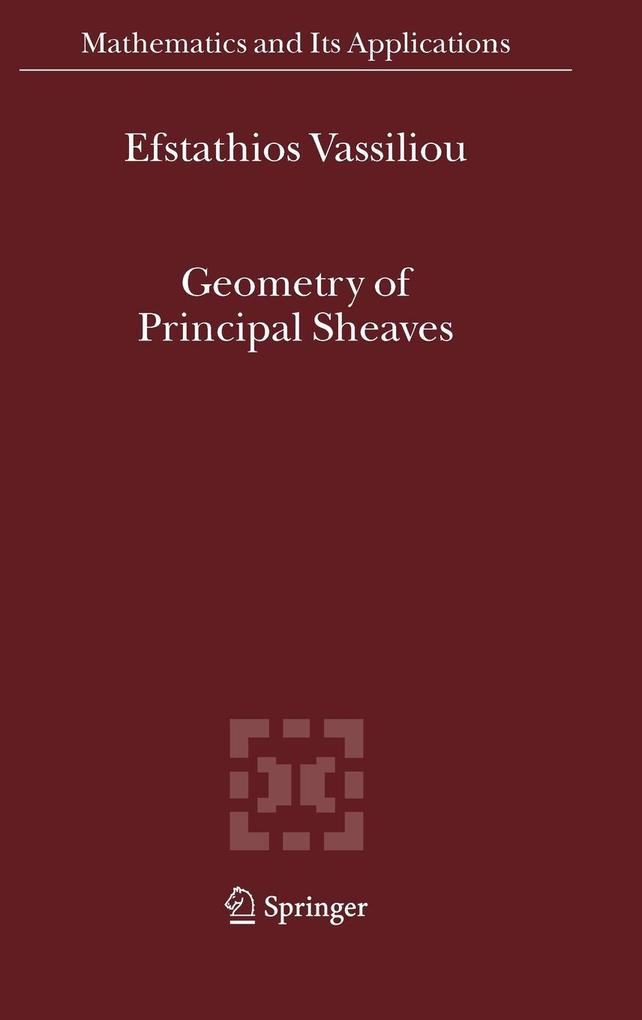L inj enuit m eme d un regard neuf (celui de la science l est toujours) peut parfois clairer d un jour nouveau d anciens probl` emes. J. Monod [77, p. 13] his book is intended as a comprehensive introduction to the theory of T principalsheaves andtheirconnections inthesettingofAbstractDi? - ential Geometry (ADG), the latter being initiated by A. Mallios sGeometry of Vector Sheaves [62]. Based on sheaf-theoretic methods and sheaf - homology, the presentGeometry of Principal Sheaves embodies the classical theory of connections on principal and vector bundles, and connections on vector sheaves, thus paving the way towards a uni? ed (abstract) gauge t- ory and other potential applications to theoretical physics. We elaborate on the aforementioned brief description in the sequel. Abstract (ADG) vs. Classical Di? erential Geometry (CDG). M- ern di? erential geometry is built upon the fundamental notions of di? er- tial (smooth) manifolds and ? ber bundles, based, intheir turn, on ordinary di? erential calculus. However, the theory of smooth manifolds is inadequate to cope, for - stance, with spaces like orbifolds, spaces with corners, or other spaces with more complicated singularities. This is a rather unfortunate situation, since one cannot apply the powerful methods of di? erential geometry to them or to any spaces that do not admit an ordinary method of di? erentiation. The ix x Preface same inadequacy manifests in physics, where many geometrical models of physical phenomena are non-smooth.
Inhaltsverzeichnis
Sheaves and all that. - The category of differential triads. - Lie sheaves of groups. - Principal sheaves. - Vector and associated sheaves. - Connections on principal sheaves. - Connections on vector and associated sheaves. - Curvature. - Chern-Weil theory. - Applications and further examples.














